
For Nick Cave, art has always meant more to him than just paint on a canvas. Since 1992, this Chicago native has worked tirelessly as a visual artist, fashion designer, and educator that implemented compelling messages in his work. On November 18, the Solomon R. Guggenheim Museum in New York City launched the acclaimed exhibition, Forothermore, recognizing that work. Curated by Naomi Beckwith, the pieces on display celebrate three decades of the artist’s practice as a vehicle for self-expression against ongoing injustice to his community.
As a Black queer artist, Cave’s intention is to make his art accessible to all those who feel uncentered in society. His series of Soundsuits – wearable sculptures which blend fashion and social performance – were first created as an artistic and emotional response to the Rodney King trial acquittal, and since then, he has created tributes to Trayvon Martin and George Floyd.
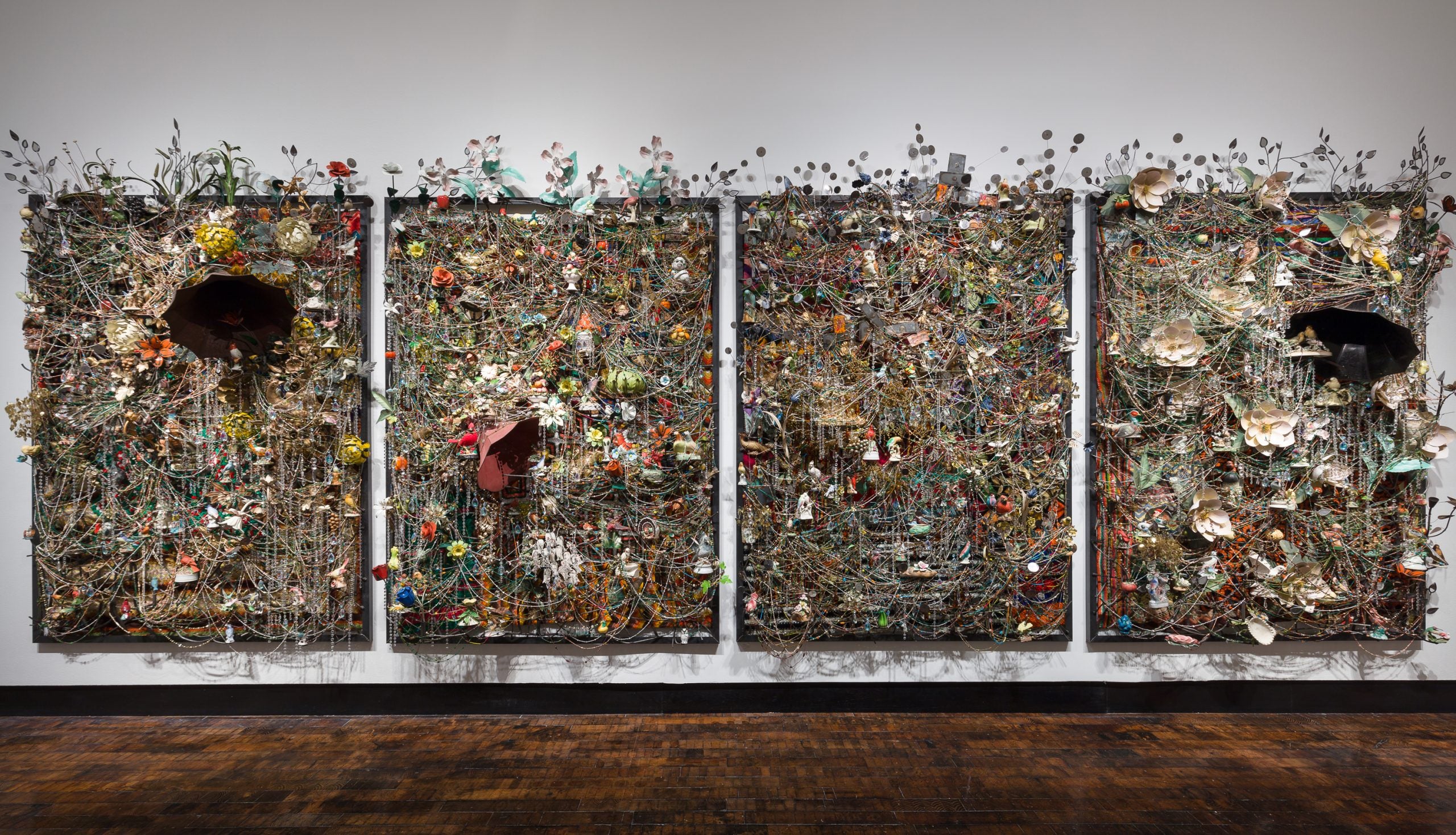
“It’s something that’s bigger than me,” Cave tells ESSENCE of his artistic practice. “I have been the one chosen to deliver these deeds, and so I am fully not in control of that action. It’s something that I have had to come to terms with accepting that this is why I’m here and this is the role in which I play at this time. So therefore, that means I’m a messenger, which is foremost in front of art, in front of being an educator, it’s just what is the force that drives everything.”
Even though the idea for this exhibition materialized in 2017, Forothermore has been 30 years in the making. Beckwith, who was at the time the Senior Curator for the Museum of Contemporary Art, Chicago, offered him the opportunity to survey his work in his hometown. “It was an amazing opportunity to have this great moment in my city, and to give them this insight, this reflection of my work in this grand way,” Cave says.
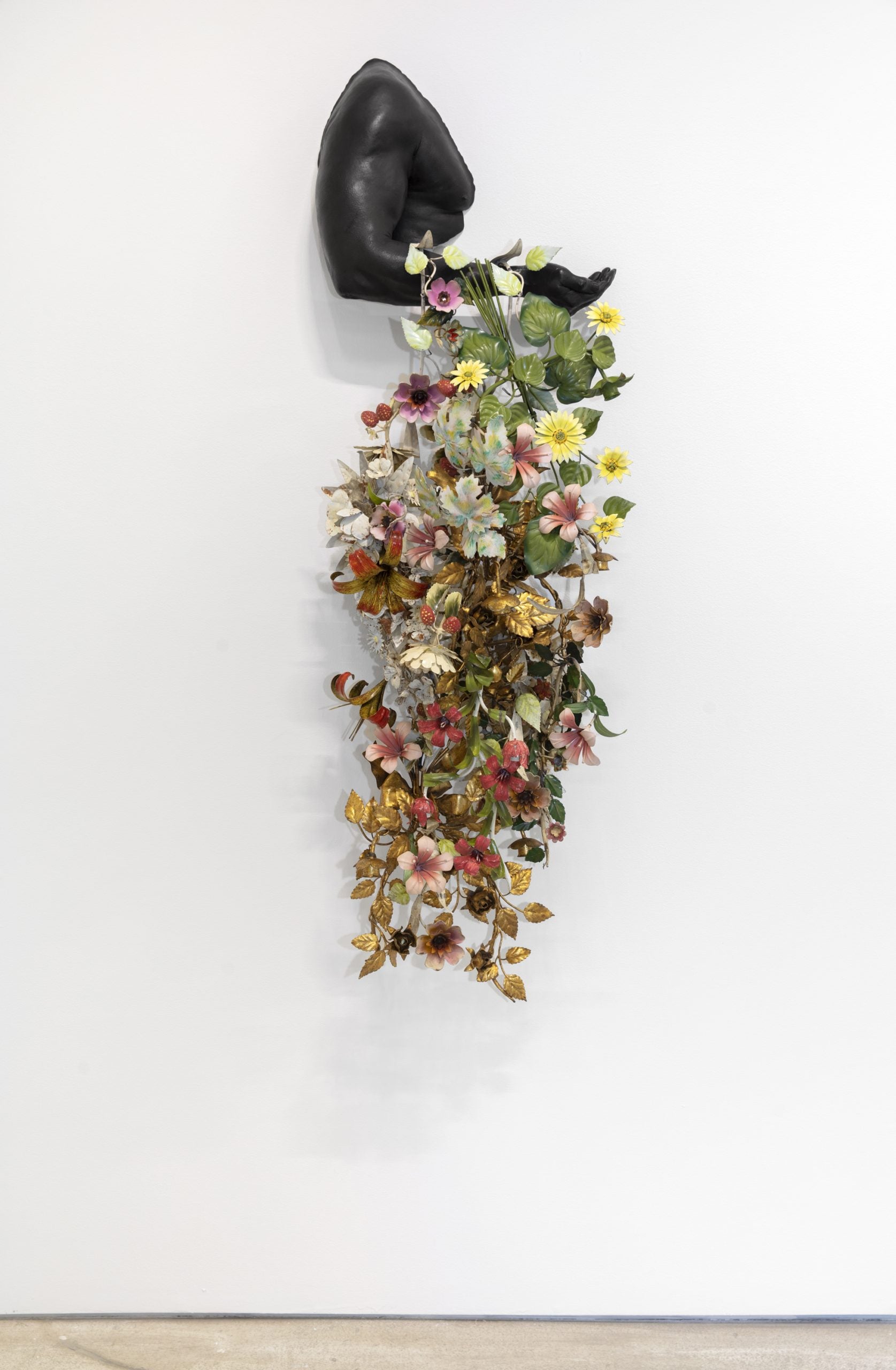
“So my initial thought was really just being able to provide this exhibition that could be of service to and for the city,” he adds. “Forothermore it’s really me thinking about others and that it’s really two things – It’s really me paying homage to those bodies and lives that have been violated and are no longer here. And reflecting on that, in addition to being able to provide and create a show that’s for everyone, being inclusive and in that sort of way.”
“Nick has this incredible body of work, about 30 years worth of work as a visual artist, let alone his career as a fashion designer and his career as an educator,” states Beckwith. “But I thought it was time to do this big reintroduction of what felt like a life inflection point.”
“We began to ask this question that he posed when he was a young man some decades ago; what was the world that he imagined, or what would the world look like in 2020, about the time we thought we would put the show on. What would 2020 look like? Would it be a more just place? Would it be a less racist place? Would it be a less homophobic place? Would it be a greener place?”
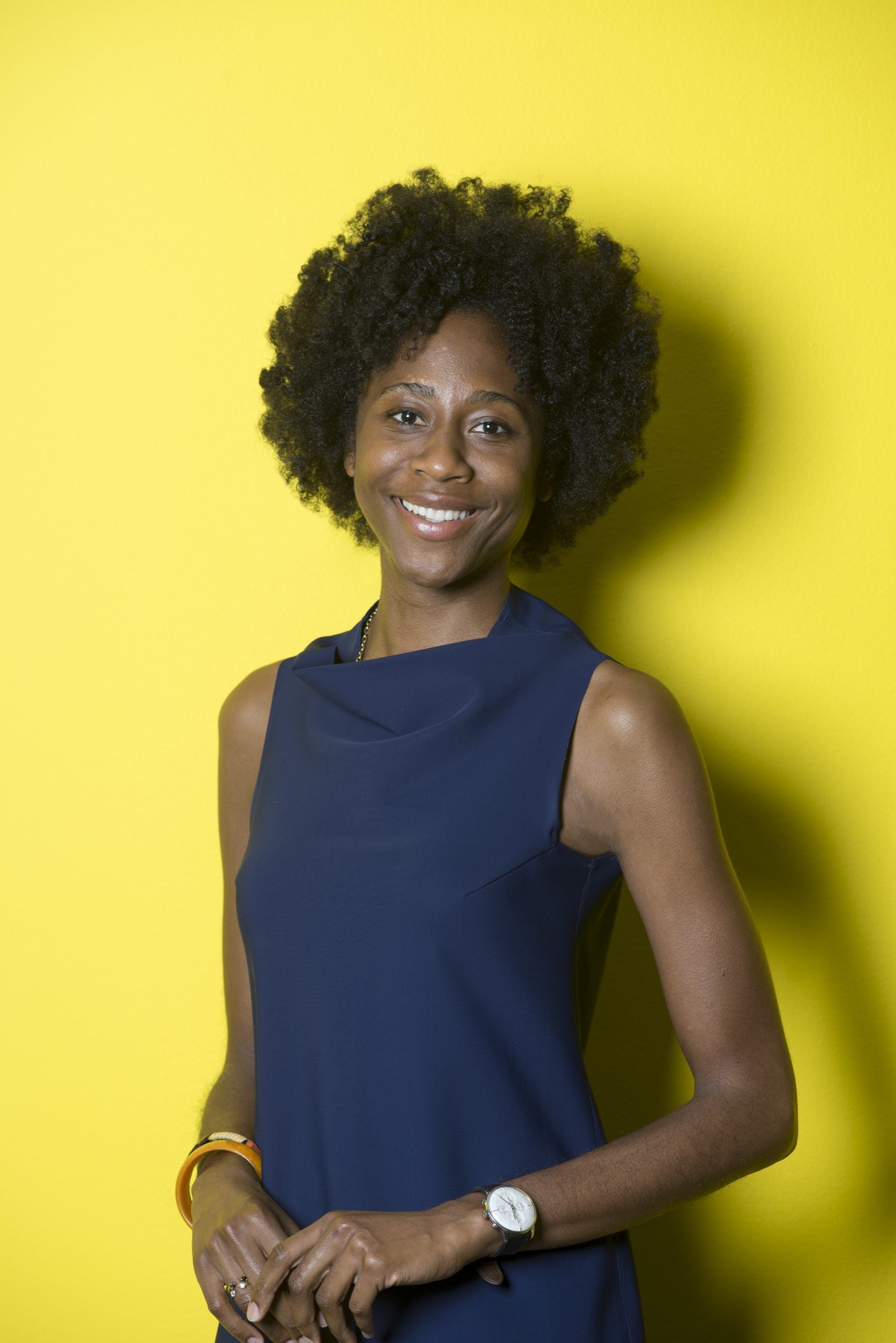
The world is a vast land that stretches for miles upon end. Out of the many galleries and museums that can be found globally, Beckwith has had the opportunity to be a part of two of its most notable. For her phenomenal work at MCA, this fellow Chicagoan was brought on as the deputy director and chief curator of the Guggenheim in June of 2021; making her the first Black person to hold this position in the museum’s history. Since beginning her new role, she has overseen collections, exhibitions, publications, curatorial programs and archives. As a woman of color, her road to prominence has been more difficult than most, but it has also been both satisfying and well-deserved.
“It feels singular, but it feels so empowering at the same time,” the Northwestern University graduate says. “You find yourself in a place at a time, in a moment. And I wish I could say that I had mapped out my entire career to be here now, but that’s not the case in the least bit. There have also been plenty of people who have inspired me, encouraged me, and educated me to find myself in a place like this.”
“So, there’s a real beautiful openness here now asking for all of us to come along into a better place,” she adds. “So it feels incredible to be here right now. I’m not going to say that I can snap my fingers and make things happen. It’s a big shift to steer, but it is one where at least I’m not meeting any resistance.”
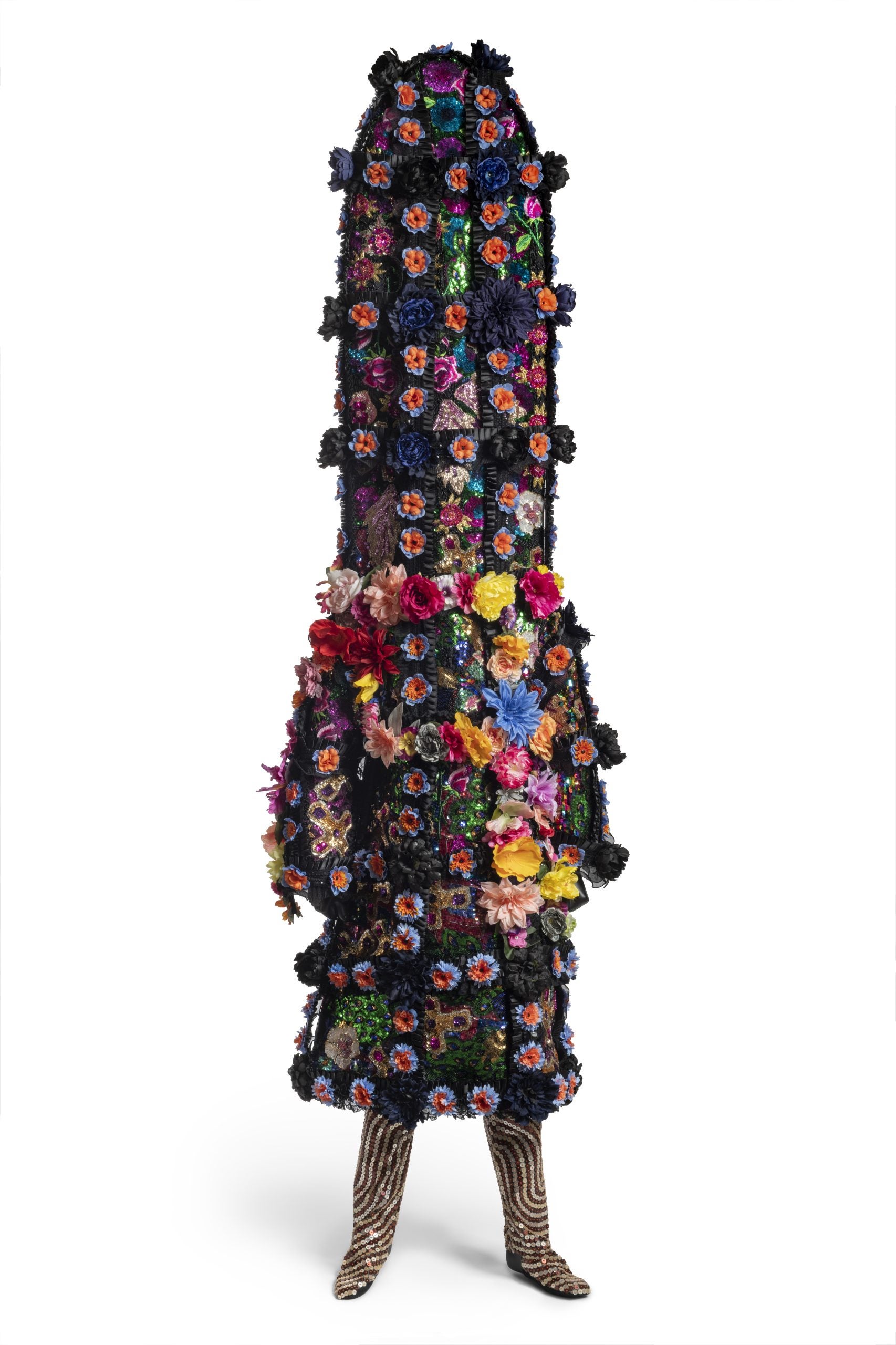
In collaborating with Nick in order to put together the pieces to Forothermore, Naomi wanted to showcase the artist’s 30 years of practice; which was no small feat. Throughout his career, he has come to be most known for his extravagantly beautiful Soundsuits, something that Beckwith initially was hesitant to highlight. “When most people talk about Nick and his work, even if they know the other things, they mostly talk about the sound suits, so I knew immediately we had to go much further than that,” she states. But to get a full view of Nick’s artistic perspective, these installations had to be included.
“There was no way to tell the story about Nick’s work without those sound suits, but we began to ask two I think really important questions in addition to that,” Beckwith says. So we thought about the loss of family members and of course, King was one of those flash points. We began to think about the HIV crisis. All these things started, they’re not explicit. So that was one question, what are the events in the world that inspire the work? And then secondly, we tried to ask the question too, what do you see? What fundamental things do you see in everything?”
“I think we started to also think about the past, present, and future,” Cave adds “So we came up with these three categories – what it was, what it is, and what it shall be. That really helped us start to think about the work that would fall into these categories and overlap. So then before we knew it, we were seeing and pulling together this sort of body of work that really crossed all of this time and spectrum that led us to the present.”
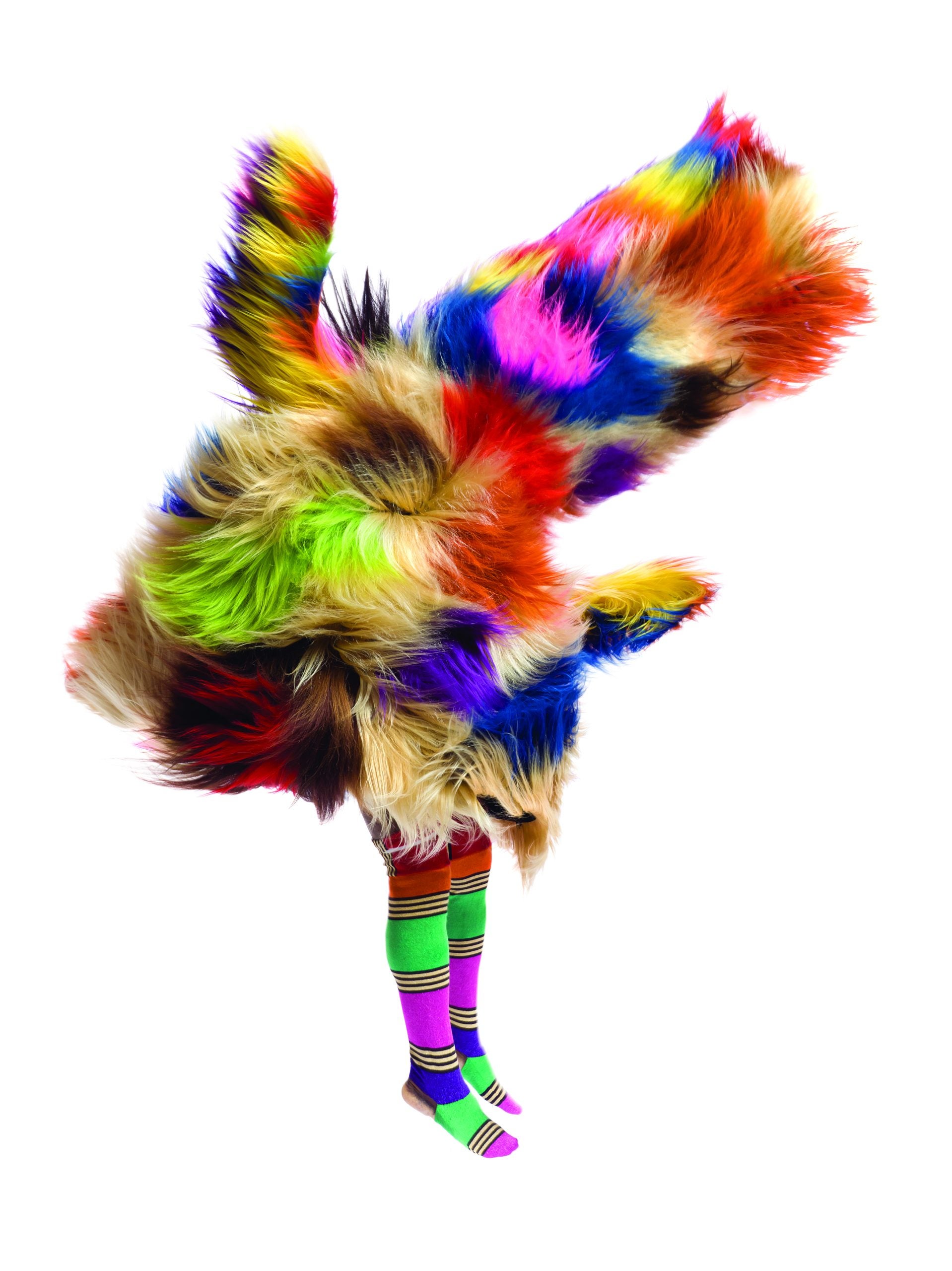
Although Naomi has been with the Guggenheim since last year, Forothermore is the first show she’s putting together – which is fitting for several reasons. This heavily anticipated exhibition is important to the museum’s chief curator not only because Nick is a Black artist, but he also represents the love that she has for the city of Chicago. Forothermore may be from the individual perspective of one man, but his experiences are worldly, and will resonate with a wide-ranging audience.
“Of course I wanted to bring a Black artist in for my first exhibition,” Beckwith says with a smile. “But I think it’s also important to be able to re-situate Nick’s work, which is why we did the survey again, reintroducing the breadth of what he can do besides the Soundsuits. in doing that, we can make all these connections to the beauty of Black life and culture, but also these great connections to the history.”
“Thinking about [Nick’s] education at Cranbrook and the way that goes through the Bauhaus which is the center of our collection, the ways in which he works with this Italian art movement,” she continues. “Again, very, very deep and dear to the Guggenheim’s heart. so I don’t think many people who know those art movements would look and see themselves or see the work that they love in Nick’s practice. But I’m making those linkages on purpose, and that this is the kind of big trajectory of American art and international art and it’s really important to give that the center stage right now.”
Nick Cave: Forothermore is on display at the Solomon R. Guggenheim Museum in New York City through April 10 of 2023. For more information, visit guggenheim.org.